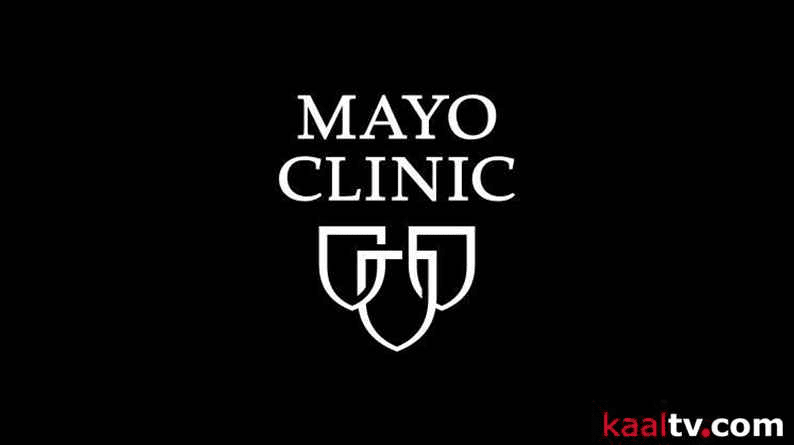Mayo Clinic joins Better Climate Challenge in effort to cut emissions

(ABC 6 News) – Mayo Clinic recently joined the Better Climate Challenge, an initiative launched by the Department of Energy that encourages organizations to set ambitious goals for reducing greenhouse gas emissions.
Mayo Clinic said it is committed to cutting certain greenhouse gas emissions by 50% and reducing energy use by 20% within 10 years.
Participating in the Better Climate Challenge requires Mayo Clinic to develop and submit a plan to reduce greenhouse gas emissions, share progress and solutions with other organizations, and report greenhouse gas emissions data each year during the 10 years.
Health care is responsible for 8.5% of greenhouse gas emissions in the U.S., according to Health Affairs. Hospitals generate more than one-third of those emissions.
Eliminating greenhouse gas emissions also can reduce or eliminate other pollutants, such as nitrous oxides, sulfur oxides, and particulate matter that are harmful to the health of communities.
To reduce greenhouse gas emissions, Mayo Clinic will focus its reduction efforts on energy, transportation, and other emissions, such as from anesthetic gases and refrigerants.
Mayo has worked to reduce energy consumption for many years at a pace and manner that maintains the highest safety and quality in patient care. For example, in 2011, the institution set a goal to reduce energy
consumption in Rochester by 20% by 2020. Mayo Clinic reached that goal in 2017, almost three years ahead of schedule, resulting in $26 million in cumulative energy savings.
The savings were achieved through projects like:
- Installing energy-efficient LED lighting in buildings and staff ramps
- Updating to more efficient computer workstations
- Recalibrating building automation systems that control a building’s energy needs
- Resealing ducts
- · Using energy-efficient designs in new construction
Energy efficiency also is at the heart of the new hospital building at Mayo Clinic Health System in La Crosse, Wisconsin. The project will replace the current hospital building with a new six-floor hospital with 70 beds. The new hospital will incorporate geothermal energy to provide heating and cooling, which will be 24% more energy-efficient than a traditional system. It also will generate 42% less greenhouse gas emissions.
"This commitment represents a critical step in Mayo Clinic’s effort to create a healthier environment," says Dr. Dillon.